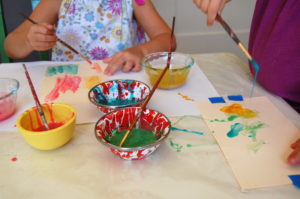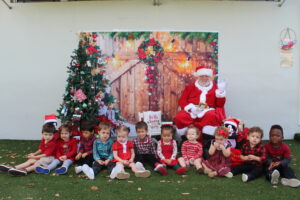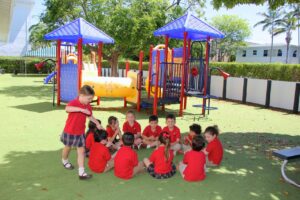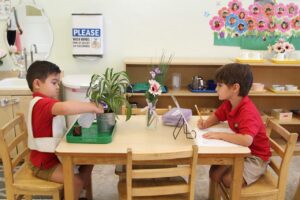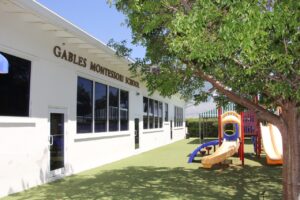In Montessori education, manual labor and manual gymnastics are distinct yet closely interconnected. While manual gymnastics focuses on refining fine motor skills and hand coordination to support individual development, manual labor emphasizes purposeful, socially meaningful tasks that contribute to the child’s understanding of their environment. In a Montessori school, this distinction is essential for fostering both independence and community awareness in early learners.
Purposeful Work and Spontaneous Creativity
Dr. Maria Montessori observed that merely directing children to copy models or craft useful objects was not enough to educate them fully—it only served to observe their spontaneous behavior. Real Montessori learning must engage the child’s inner drive for exploration, creativity, and contribution. That’s why she emphasized the importance of meaningful, hands-on work that enriches not only the individual but also their understanding of the world.
Art as a Form of Education: The Influence of Professor Randone
Montessori incorporated ideas from Professor Randone, founder of the School of Educative Art, whose philosophy aligned with the Montessori approach. Randone’s curriculum was rooted in teaching respect for one’s surroundings—objects, architecture, monuments—and aimed to instill civic values through artistic expression.
One key object in this educational art was the clay vase—a symbol deeply embedded in human history. Used for cooking, rituals, and decoration across Egyptian, Etruscan, and Greek cultures, the vase represented a connection between utility and beauty. Its adaptable shape and endless decorative possibilities made it an ideal piece for children to replicate and customize. Through creating vases, children engaged in creative expression, cultural appreciation, and hands-on learning—all pillars of Montessori philosophy.
Montessori Manual Training in the Children’s House
Inspired by Randone, Dr. Montessori introduced similar exercises into the Children’s Houses (Casa dei Bambini). Students shaped vases and built miniature bricks, which were then fired and used to construct small-scale walls and houses—complete with windows, doors, and handcrafted tiles. This form of manual training provided children with joyful, productive activity while developing spatial awareness, planning, and design skills.
Hands-On Learning and Child Development
These creative exercises go beyond play—they are foundational to a child’s cognitive and physical development. By crafting real objects like vases and bricks, children at a Montessori school gain a deep appreciation for their environment, learn the value of constructive work, and refine motor coordination through authentic, tactile experiences. Such projects cultivate a sense of pride, responsibility, and creative freedom—hallmarks of Montessori child development.
